Het arrangement Art h45 is gemaakt met Wikiwijs van Kennisnet. Wikiwijs is hét onderwijsplatform waar je leermiddelen zoekt, maakt en deelt.
- Auteur
- Laatst gewijzigd
- 28-11-2025 11:42:13
- Licentie
-
Dit lesmateriaal is gepubliceerd onder de Creative Commons Naamsvermelding-GelijkDelen 4.0 Internationale licentie. Dit houdt in dat je onder de voorwaarde van naamsvermelding en publicatie onder dezelfde licentie vrij bent om:
- het werk te delen - te kopiëren, te verspreiden en door te geven via elk medium of bestandsformaat
- het werk te bewerken - te remixen, te veranderen en afgeleide werken te maken
- voor alle doeleinden, inclusief commerciële doeleinden.
Meer informatie over de CC Naamsvermelding-GelijkDelen 4.0 Internationale licentie.
Het thema 'Art' is ontwikkeld door auteurs en medewerkers van StudioVO.
Fair Use
In de Stercollecties van StudioVO wordt gebruik gemaakt van beeld- en filmmateriaal dat beschikbaar is op internet. Bij het gebruik zijn we uitgegaan van fair use.
Meer informatie: Fair use
Mocht u vragen/opmerkingen hebben, neem dan contact op via de
helpdesk VO-content.
Aanvullende informatie over dit lesmateriaal
Van dit lesmateriaal is de volgende aanvullende informatie beschikbaar:
- Toelichting
- Dit thema valt onder de arrangeerbare leerlijn van de Stercollecties voor Engels voor havo, leerjaar 4 en 5. Dit is thema Art. Dit thema omvat de volgende onderwerpen: - The world's finest museums - Sketching in a museum - Street Art - Minute Art - Teen artist De grammaticaopdrachten behandelen must/have to, future going to and will en possessive adjectives.
- Leerniveau
- HAVO 4; HAVO 5;
- Leerinhoud en doelen
- Engels;
- Eindgebruiker
- leerling/student
- Moeilijkheidsgraad
- gemiddeld
- Studiebelasting
- 18 uur 0 minuten
- Trefwoorden
- arrangeerbaar, art, engels, h45, minute art, sketching in a museum, stercollectie, street art, teen artist, the world's finest museums
Gebruikte Wikiwijs Arrangementen
VO-content Engels. (2021).
Sketching in a museum h45
VO-content Engels. (2021).
The world's finest museums h45
https://maken.wikiwijs.nl/98847/The_world_s_finest_museums_h45

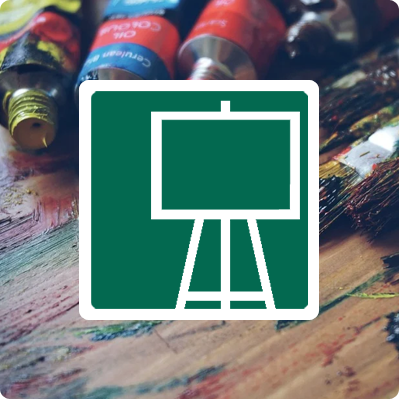
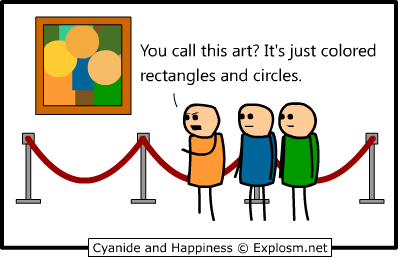
 What do you need to know?
What do you need to know?

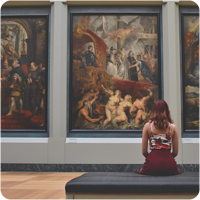 The subject of this lesson is 'The world's finest museums'.
The subject of this lesson is 'The world's finest museums'.


 Writing and Watching
Writing and Watching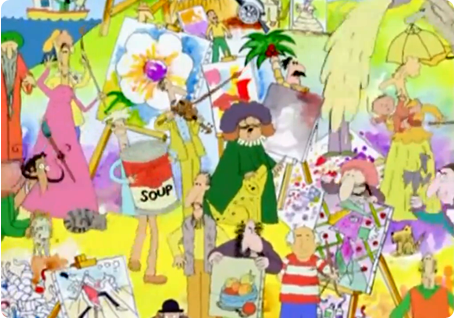 We’re famous artists, yes famous artists: Paul Gaugin, Edward Hopper and Van Gogh (Oh.)
We’re famous artists, yes famous artists: Paul Gaugin, Edward Hopper and Van Gogh (Oh.)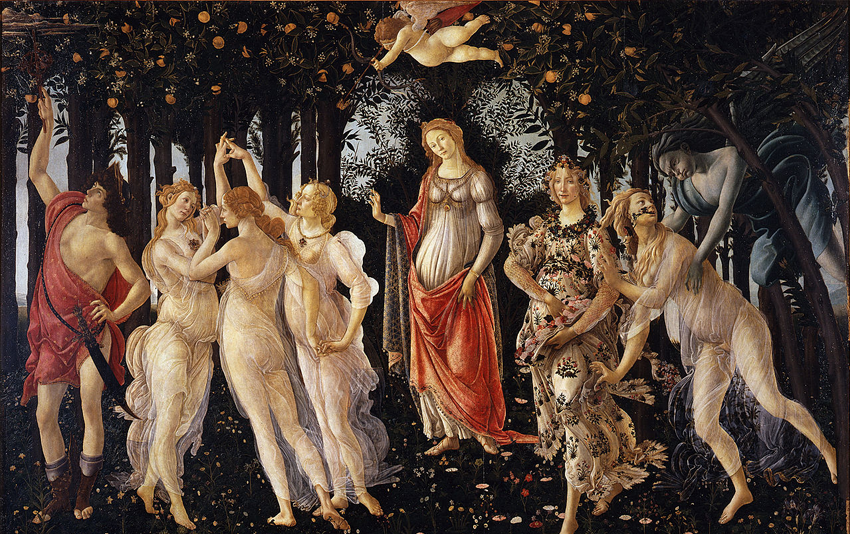

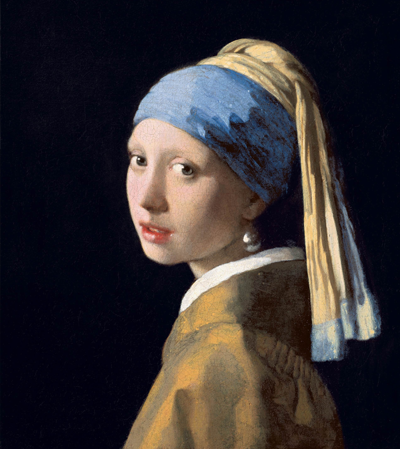
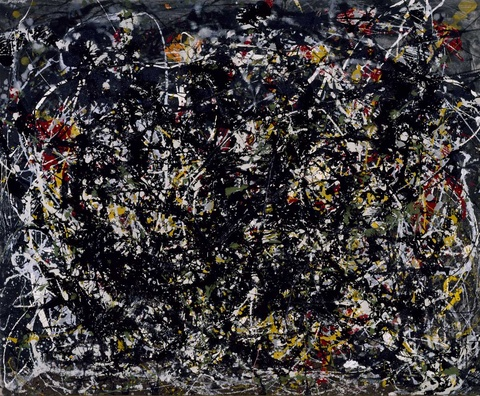
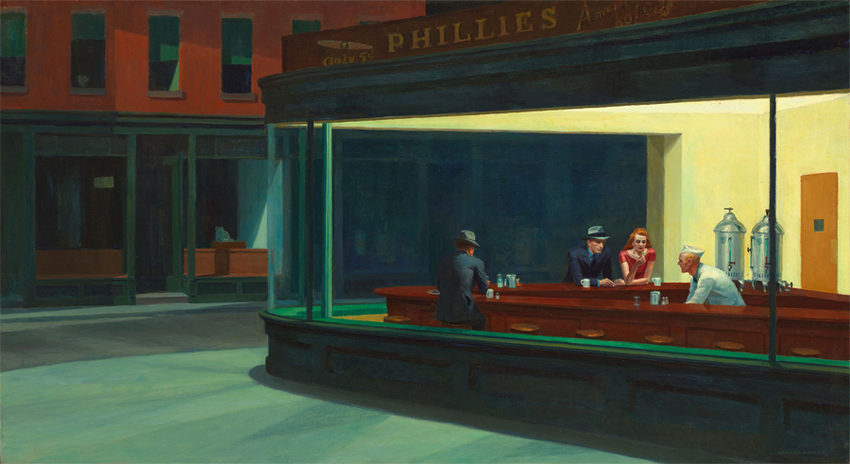
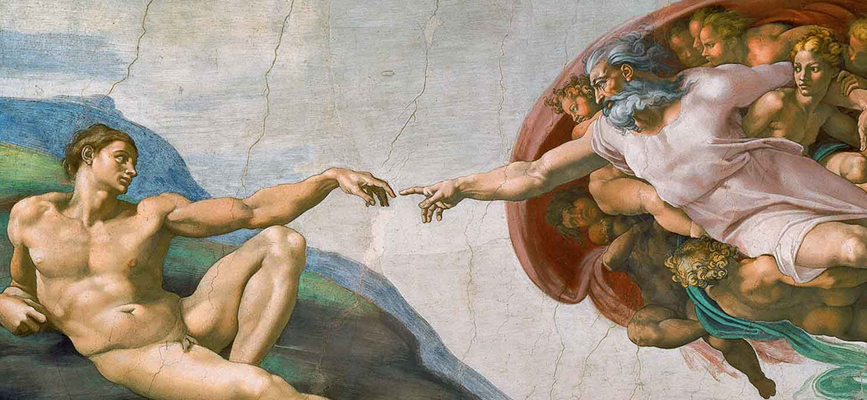
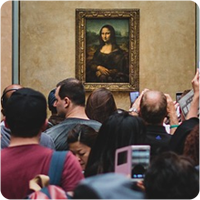 Speaking
Speaking 1. Smithsonian Institution, Washington, D.C.
1. Smithsonian Institution, Washington, D.C. 2. Le Louvre, Paris, France
2. Le Louvre, Paris, France 3. The Acropolis Museum, Athens, Greece
3. The Acropolis Museum, Athens, Greece 4. State Hermitage, St. Petersburg, Russia
4. State Hermitage, St. Petersburg, Russia 5. The British Museum, London, England
5. The British Museum, London, England 6. The Prado, Madrid, Spain
6. The Prado, Madrid, Spain 7. The Metropolitan Museum of Art, New York City, New York
7. The Metropolitan Museum of Art, New York City, New York 8. The Vatican Museums, Vatican City, Italy
8. The Vatican Museums, Vatican City, Italy 9. The Uffizi Gallery, Florence, Italy
9. The Uffizi Gallery, Florence, Italy 10. Rijksmuseum, Amsterdam, the Netherlands
10. Rijksmuseum, Amsterdam, the Netherlands
 Speaking: Think!
Speaking: Think! Grammar
Grammar
 Task
Task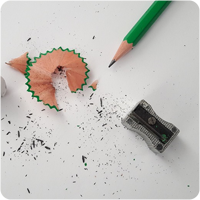 The subject of this lesson is 'Sketching in a museum'.
The subject of this lesson is 'Sketching in a museum'. Watching - signs
Watching - signs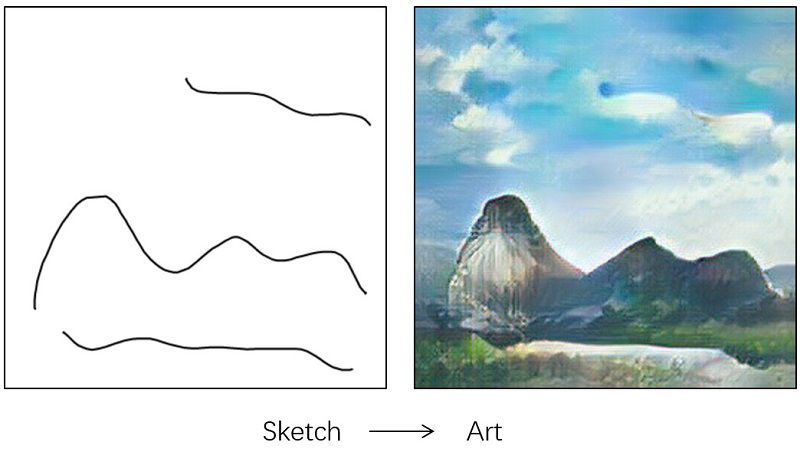

 Reading
Reading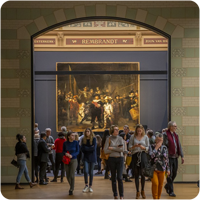 Grammar
Grammar Task
Task
 The subject of this lesson is 'Street Art'.
The subject of this lesson is 'Street Art'. Banksy melds street-fighting passion and pacifist ardor in his image of a protester whose Molotov cocktail morphs into a bouquet. (Pixelbully / Alamy)
Banksy melds street-fighting passion and pacifist ardor in his image of a protester whose Molotov cocktail morphs into a bouquet. (Pixelbully / Alamy) Grammar
Grammar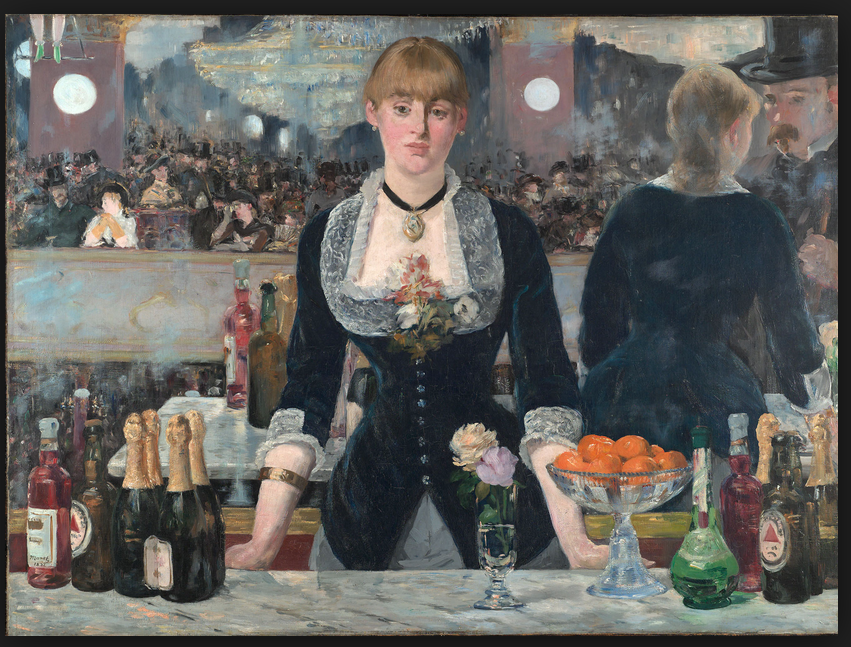

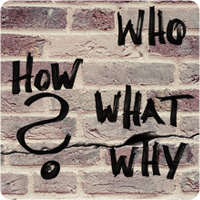 Speaking
Speaking Geographic profiling
Geographic profiling Banksy unmasked? Scientists use maths and criminology to map artist's identity
Banksy unmasked? Scientists use maths and criminology to map artist's identity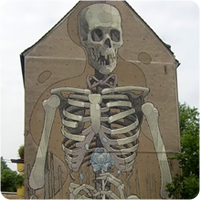 Task
Task
 The subject of this lesson is 'Minute art'.
The subject of this lesson is 'Minute art'.



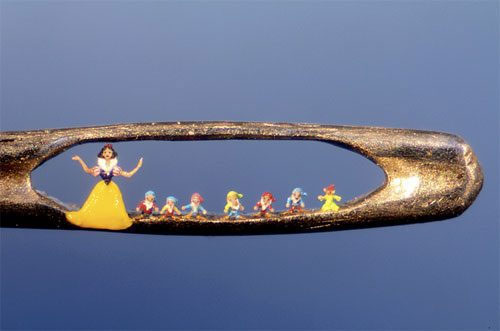



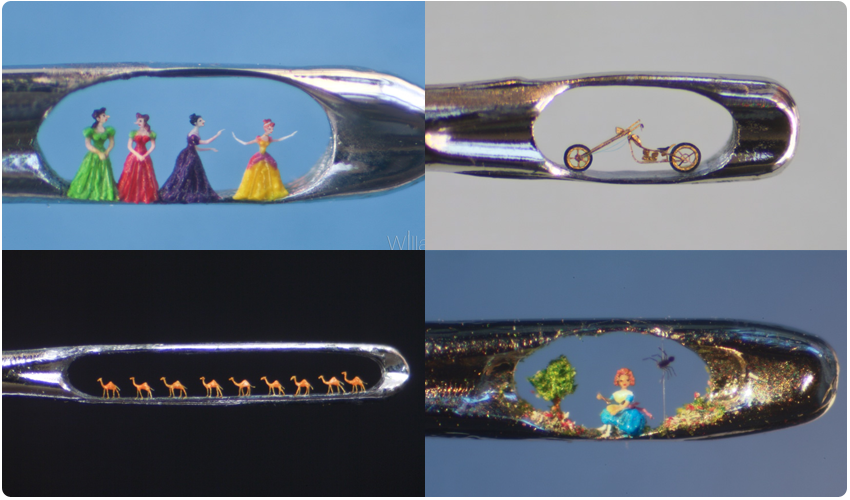
 Interview: Willard Wigan
Interview: Willard Wigan
 Task
Task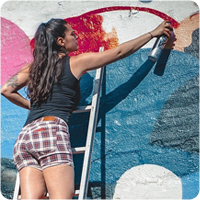 The subject of this lesson is 'Teen artists'.
The subject of this lesson is 'Teen artists'.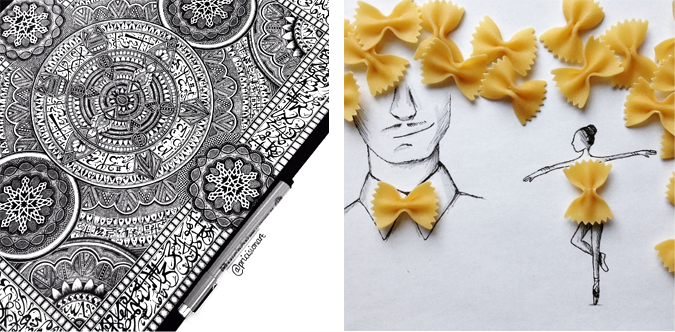
 Where You See A Fork Or A Pasta Noodle, This Teen Sees His Next Work Of Art
Where You See A Fork Or A Pasta Noodle, This Teen Sees His Next Work Of Art Task
Task

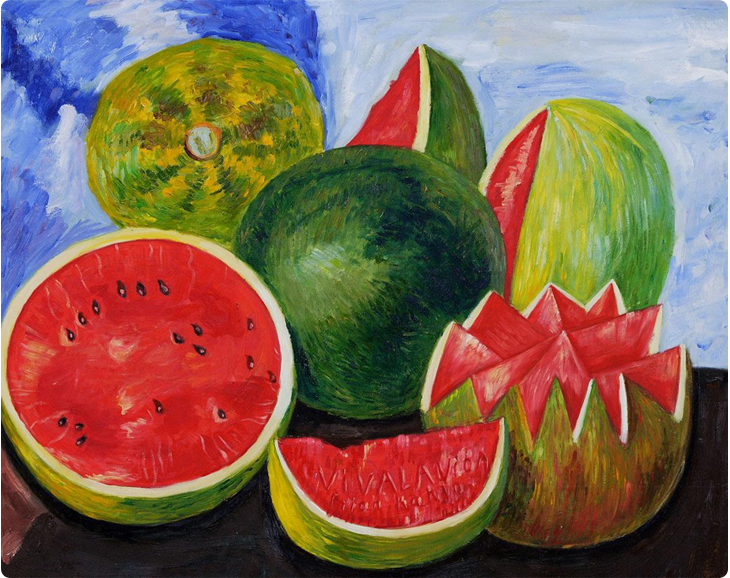
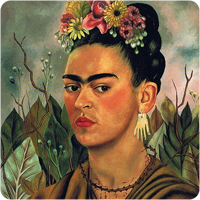
 Voice from Jamaica and the National Motor Museum
Voice from Jamaica and the National Motor Museum
